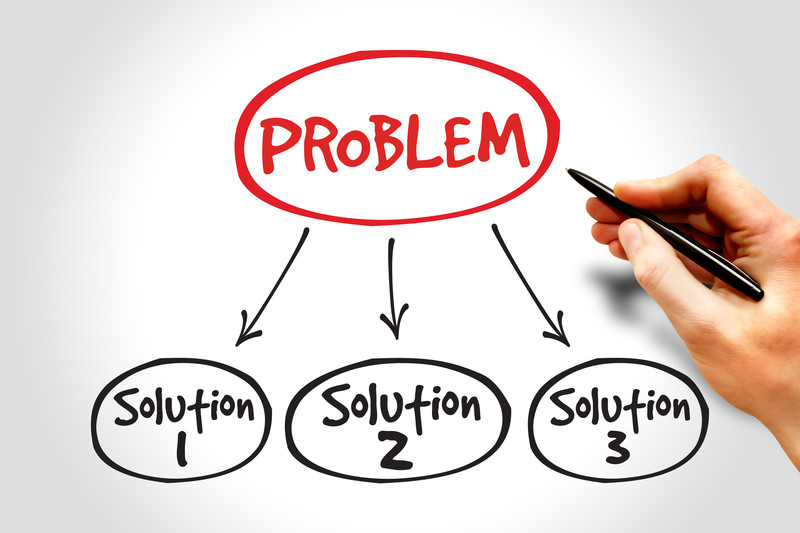
I have a prediction, and I’m feeling confident about it. Ready?
In the coming year, you’ll notice that employees aren’t working together as well as they could.
While this lack of teamwork may not blow your company to pieces, it will be a drag on decision-making, productivity, quality, and employee retention.
Common teamwork issues
These so-called people issues are tough buggers. Every organization has a few. Some have a lot. Recognize any of these?
- Communication gaps
- Infighting and lingering disputes
- Excessive gossip
- Low levels of openness and trust
- Poor alignment around goals
If you see these happening, do something about it. Resolve right now to address at least one of your organization’s teamwork issues within a year.
Better teamwork makes the work easier
Unless you are a team of one, success depends on people working together. In your efforts to collaborate, imagine new and effective ways to:
- Share information
- Make decisions
- Resolve conflicts
- Build plans
- Delegate work
- Hold each other accountable
- Deal with problems
Your roadmap
When you’re ready to act, follow this three-step approach.
1. Assess
While the symptoms might be clear, the underlying problems can be a mystery. You need to figure out what’s causing the lack of teamwork.
Cranking up your observational powers might lead to some answers. More insights can be had by talking with your employees. Of course, they may not feel comfortable talking with you, especially if they feel like you are the source of their frustration. That’s when you need to bring in a neutral outsider who can find out what’s going on, using a process that makes it comfortable for people to share their concerns.
Note: I do this work and am happy to help.
2. Plan
Once you identify the underlying problems, it’s time to figure out what to do about them. Some of the actions might be fairly obvious. And when they are, take them.
For the problems that seem harder to solve, you can follow one or both of these strategies:
- Form a problem-solving team with employees. Share the problem with them and ask them to recommend a solution.
- Seek outside advice. There are consultants, online forums, books, and external peer groups. Find someone who’s had experience with your situation and find out what they did to solve it.
3. Implement
These problems typically don’t resolve themselves. They require intervention. You need to act.
This might mean changing incentive systems, providing skills training, changing work assignments, upgrading processes, behaving differently as a leader, or whatever else you came up with in your plan.
You may do it all yourself. You may call in some help.
In either case, I’m a big fan of making your actions transparent by talking about what you are doing and why. That might sound like this:
Hey everyone. We noticed some behaviors that were causing problems. We figured out what was causing them, and now have decided to take these actions to see if they’ll help. We think they will.
Need some help?
Whether you need help with assessment, planning, or implementation; I’m ready to jump in and do what I can. I want to be your partner to build people systems that enable better organizational results.
The first step is for you and me to discuss your business goals and the organizational challenges that are getting in the way. We can do it on the phone or in your office.
Poor teamwork is common and does create major headaches. That doesn’t mean you can’t do something about it.
Noticing the problem is the first step. I believe you already have. Now pull out that road map and get to work.

